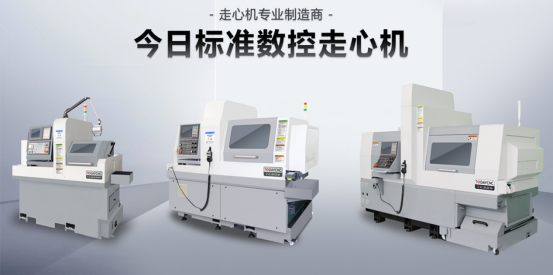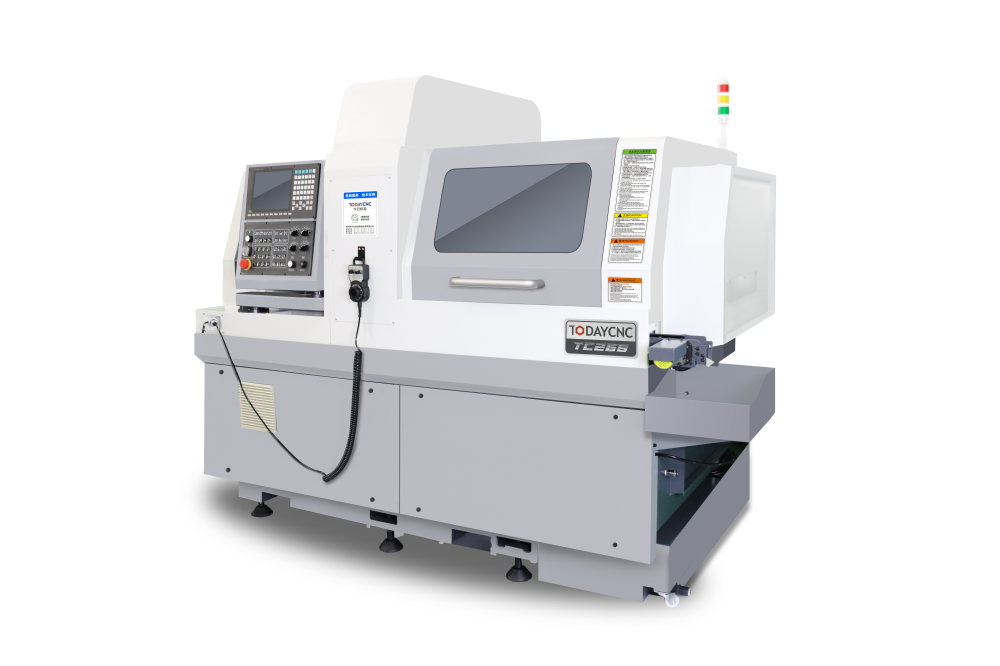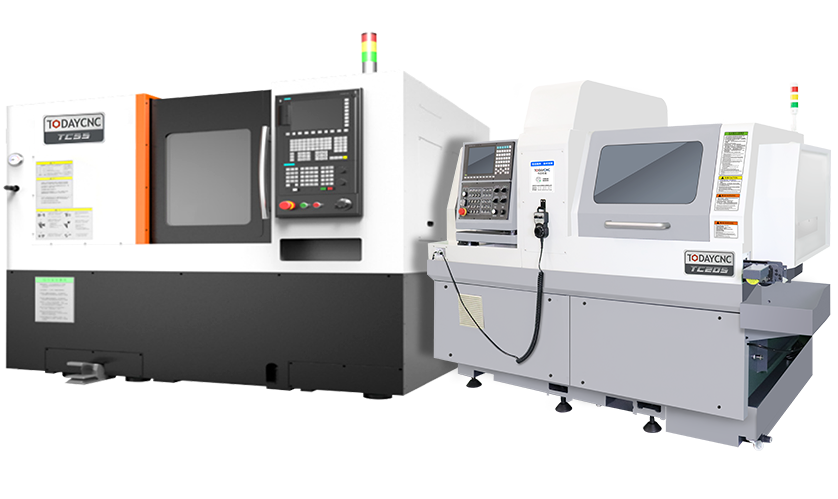What are the advantages of a Swiss lathe?

A Swiss lathe is a sort of specialized machine tool that has certain benefits over traditional lathes. It is sometimes referred to as a sliding headstock lathe or a Swiss-type lathe.
The main application for these lathes is the precise cutting of small, intricate pieces with close tolerances.
1.Precision Machining
A Swiss lathe's precise machining capability is one of its main features. A Swiss lathe's outstanding accuracy and repeatability are made possible by its design and construction, which guarantees reliable results. Many bearings guide the spindle of a Swiss lathe, minimizing vibration and adding to the great precision of the device.
The Swiss lathe also has a sliding headstock arrangement, in which the workpiece is held by a steady rest and clamped close to the guiding bushing. By placing this support in close proximity to the cutting tool, deflection is reduced and great precision is achieved.
2.Reduced clamping times
Reducing the number of clamping installations is very beneficial to related industries. It can directly prevent the accumulation of errors caused by the conversion of positioning benchmarks. The centering machine can precisely reduce the number of clamping installations, thereby reducing the accumulation of errors.
3 Improved Machining of Small and Delicate Parts
Because of its exceptional precision in machining small and delicate parts, the Swiss lathe is a popular choice. Because of its sliding headstock design, there is less vibration and deflection because the tool and the guide bushing are very close to one another. This allows for the high accuracy machining of small features or complex geometries.
Additionally, the Swiss lathe has a bar feeder that enables lengthy bars to be fed into the machine continuously. Even when working with delicate materials, this bar feeder and the guiding bushing together offer the workpiece exceptional support during the machining process.
4 Cost Savings
(1)Swiss lathes are expensive at first, but over time, they save a lot of money. Their capacity to maximize output and lower scrap rates is the main reason behind this. A Swiss lathe's accuracy and precision save waste and rework by producing fewer rejected parts.
Furthermore, shorter setup times and concurrent machining of several operations result in shorter cycle times, which boost output and productivity overall. In addition to preventing tool wear and breakage, the improved chip control lowers tooling costs by lowering the need for frequent tool changes.
(2)Compact size reduces cost:Because the size is very small, it does not take up too much area. Although the unit price of this equipment is relatively high, the total cost can be greatly reduced by calculating the comprehensive costs of all aspects.
Related Blog














